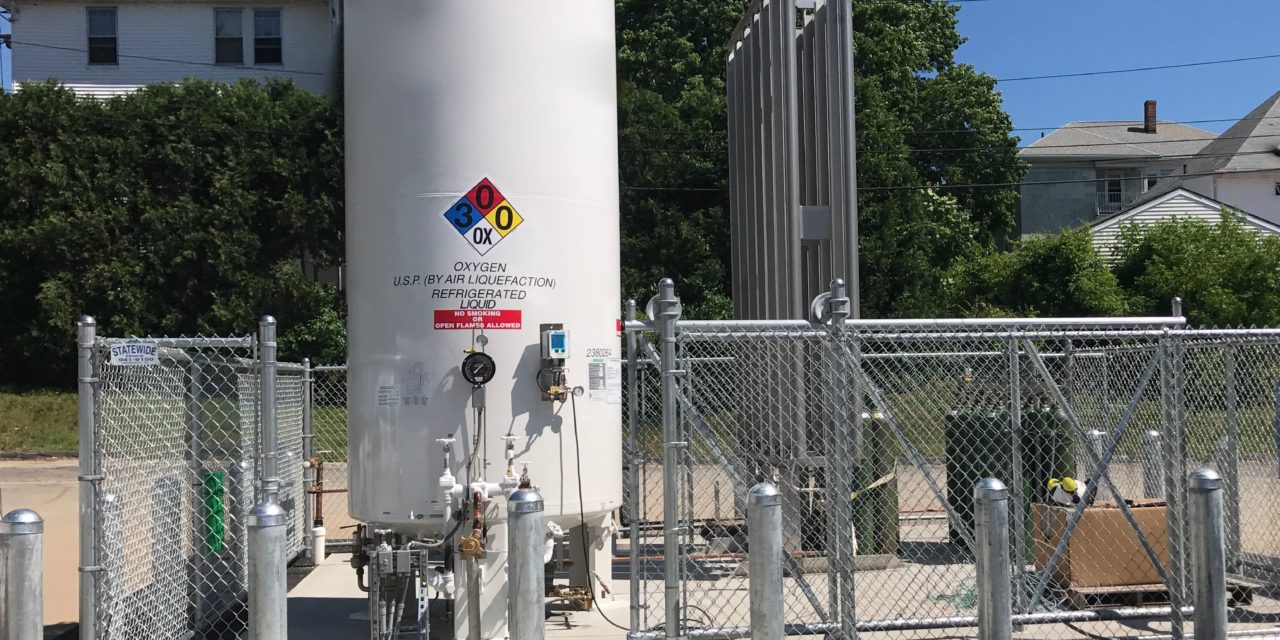The recent revisions to NFPA 99 have introduced significant changes to managing cryogenic fluid central supply systems in healthcare facilities. Requirements for these systems were consolidated under NFPA 55 to streamline the guidelines and improve accessibility. This blog post will explore what these changes mean for facility managers and how they can effectively navigate the updated regulations.
Consolidation of Standards
Previously, the rules governing cryogenic fluids’ storage, handling, and use were scattered across different NFPA 99 and NFPA 55 sections. The 2024 edition of NFPA 99 has simplified this by moving all cryogenic system requirements to Chapter 17 of NFPA 55. This move aims to centralize information, making it easier for facility managers to find and comply with the standards.
Detailed Requirements under NFPA 99
General and Applicability
5.1.3.10.1 General: Compliance with the detailed requirements of this section is mandatory for all healthcare facilities that use cryogenic fluid central supply systems.
5.1.3.10.1.2 Applicability: The demarcation point for the applicability of NFPA 55 versus NFPA 99 is the source valve. Systems upstream of this valve are governed by NFPA 55, while the source valve and downstream components remain under NFPA 99.
Installation Standards
Qualified Installation: Installation must be performed by personnel certified under CGA M-1 or ASSE 6015 standards, ensuring that installers are well-versed in medical gas supply systems.
FDA Compliance: Systems must also adhere to the FDA’s Current Good Manufacturing Practices, reinforcing the importance of safety and quality in healthcare settings.
Physical Installation Requirements: Anchoring, workspace clearance, and system siting are meticulously outlined to ensure systems are accessible and safe.
Operational Guidelines
Accessibility During Filling: Components such as fill connections and valves must be accessible to delivery personnel, which enhances safety and efficiency during the refill process.
System Configuration: System setup requirements include multiple supply vessels, accurate content gauging, and robust emergency planning.
Automatic and Manual System Controls: Systems must include mechanisms to automatically switch from primary to reserve supplies under specific conditions, ensuring continuity of service without manual intervention.
Implications for Facility Managers
This restructuring requires facility managers to familiarize themselves with NFPA 99 and NFPA 55 to ensure full compliance. Managers must now refer to NFPA 55 for all specifications related to the physical cryogenic systems up to the source valve. At the same time, NFPA 99 covers the operation and management aspects from the source valve downstream.
Conclusion
Integrating cryogenic fluid system standards into NFPA 55 represents a significant shift designed to simplify compliance and enhance safety in healthcare facilities. Facility managers must review these changes thoroughly to ensure their facilities comply and operate at the highest safety standards. This consolidation is a positive step forward in centralizing and simplifying the regulatory framework for healthcare facility management.

